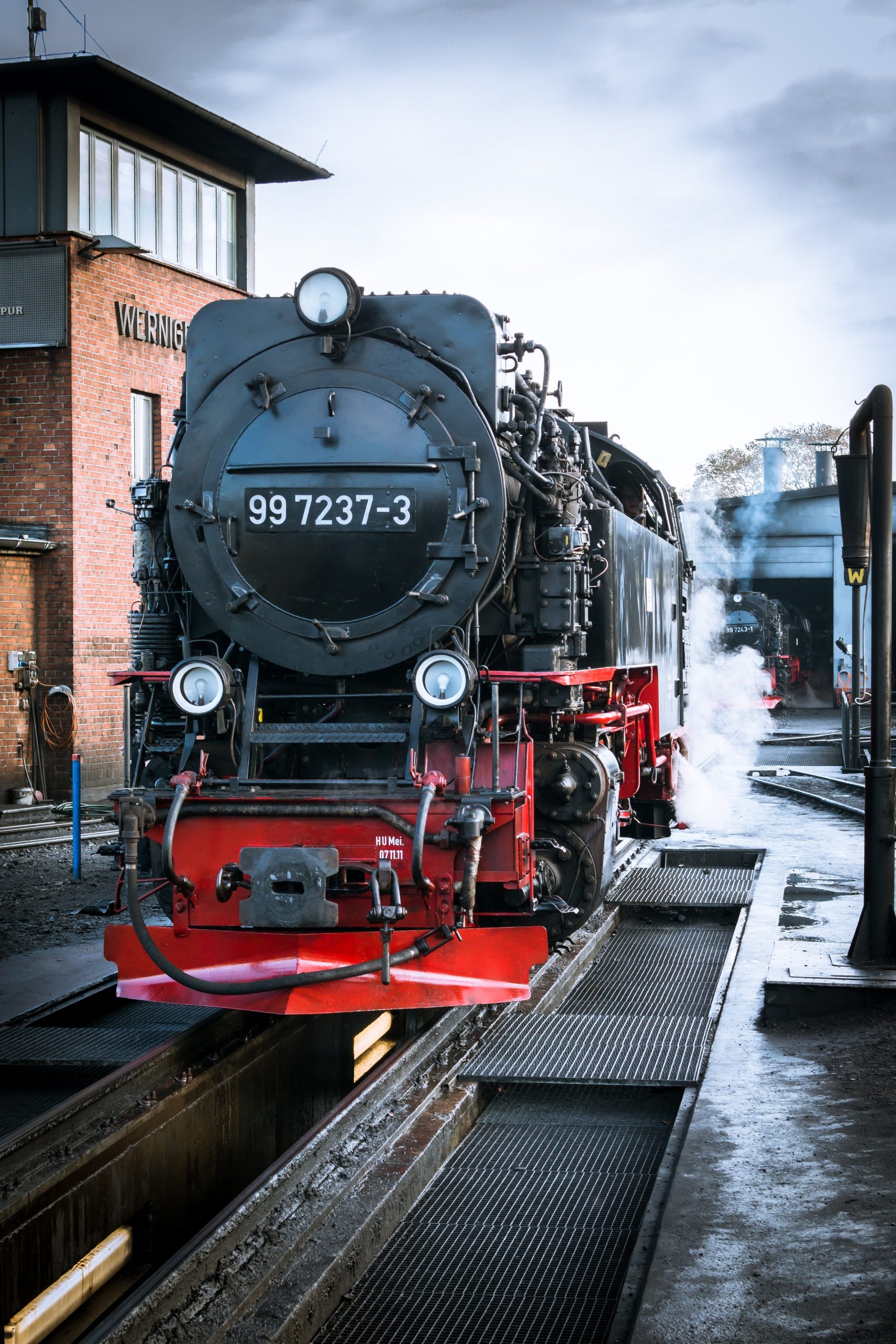The steam train, also known as a steam locomotive, has undergone significant changes since its invention in the early 19th century.
Article Sponsored by: Springfield Pressure Washing

The first steam trains were powered by a steam engine that burned coal to heat water, creating steam that powered the train’s wheels. These early trains were relatively slow and inefficient and were primarily used for hauling freight rather than transporting passengers.
Over time, steam train technology improved significantly. Engineers developed more powerful and efficient steam engines, and trains began to travel at faster speeds. Additionally, advances in metallurgy allowed for the construction of stronger and more durable trains, which could carry more passengers and cargo.
The steam train also played a major role in shaping the modern world. The widespread use of steam trains in the 19th century enabled the rapid expansion of industry and commerce, as goods could be transported more efficiently and at a lower cost. Additionally, the steam train played a vital role in the development of the transportation infrastructure, connecting cities and towns across the country and facilitating the growth of suburban areas.
The steam train also had a significant impact on society, as it helped to break down social and economic barriers. For example, it enabled people to travel to new places for work or leisure, and it made it possible for goods to be transported from remote areas to urban centers.
Despite the decline of steam trains in the 20th century due to the increasing popularity of diesel and electric trains, steam trains still hold a special place in the hearts of many people. Today, steam trains are often preserved and operated as tourist attractions, and they continue to be a source of fascination for people of all ages.
The Steam train has undergone significant changes over time, from the early steam engines that were slow and inefficient to the more powerful and efficient engines of today. The steam train played a major role in shaping the modern world by enabling the rapid expansion of industry and commerce, connecting cities and towns, and helping to break down social and economic barriers. Despite the decline in their use, steam trains still hold a special place in the hearts of many people, and are still enjoyed today as tourist attractions.
8 Reasons the Steam Train was a Great Invention for Mankind
- It enabled the rapid expansion of industry and commerce by allowing goods to be transported more efficiently and at a lower cost.
- It played a vital role in the development of transportation infrastructure by connecting cities and towns across the country.
- It facilitated the growth of suburban areas.
- It helped to break down social and economic barriers by enabling people to travel to new places for work or leisure.
- It made it possible for goods to be transported from remote areas to urban centers.
- It provided employment opportunities for many people.
- It played a role in the development of other technologies such as steel production.
- It has been preserved as a source of fascination and enjoyment for people of all ages in the form of a tourist attraction.

Thank you for visiting our blog. If you have any questions please contact us today. We also encourage you to visit our sponsor’s site: Residential Pressure Washing Springfield. They are the professionals when it comes to commercial power washing in Springfield, MO
